6 Essential Homestead Kitchen Tools and Equipment
These are the 6 essential homestead kitchen tools and equipment you need if you plan to preserve what you grow for winter use.
Besides your standard pots and pan, plates, cutlery — the things you need to stock your kitchen. I didn’t list the stove, oven, and fridge. You can use them or substitute them, but you need a way to cook food and preserve the garden bounty for winter use. The following are essential homestead kitchen tools and equipment if you plan to preserve what you grow for winter use:
Excalibur 3900 Deluxe Series 9 Tray Food Dehydrator – Black
Here are my top 6 essential kitchen tools/equipment:
1. Food dehydrator
You can make this if you’re handy with tools. It can be solar heated or electric, but you need it to dry fruits and vegetables. Here in the mountains, it’s never warm or dry enough to successfully dry fruit on racks outdoors. If you live in a drier climate then frames with window screens work well.
Dried fruit lasts longer than canned fruit. It retains many nutrients and makes a good snack. A dehydrator can also be used to make fruit leather, using windfall apples. Plan on one that will hold at least 20 lbs. of fruit at a time. 20 lbs. is what a regular fruit box holds.
Presto 1781 23-Quart Aluminum Pressure Cooker/Canner
2. Pressure Canner
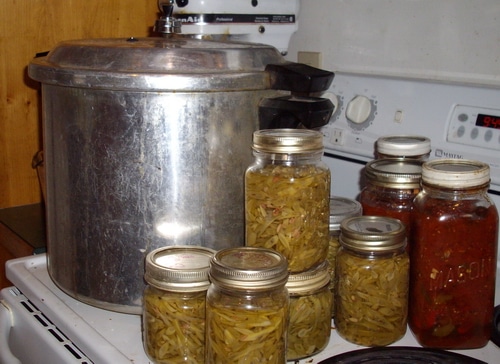
You can fruits and vegetables, soups, and even meats in a pressure canner — don’t try to use a water bath canner for anything but high acid fruits. A pressure canner can be used as a water bath canner, too. If you can only afford one piece of essential homestead kitchen equipment — get a pressure canner first. They last for decades — I’ve used mine for 30 years.
If you can get a Presto Pressure Canner with an instruction booklet at a garage sale — go for it. You can replace the rubber gasket and seals, as long as the canner doesn’t have any holes.
3. Canning Jars
You’ll need canning jars with two-part snap lids and rings. A wide mouth is the most versatile and the easiest to clean. Scoop them up at garage sales and second-hand stores — let your friends know that you are looking for some. I got a lot of mine when my friends cleaned out their parent’s basements. In Canada we have Gem or Jewel Jars — avoid these for canning, they are cool for food storage. There’s been a couple of times when the replacement lids have had a world shortage or the manufacturer stopped making them. Regular jars are difficult to clean but work for juices and jellies.
Canadian Tire usually has new jars on sale in June and July, when the strawberries ripen. They never go on sale from August to October. They’re hard to find in the middle of winter, so if you’re planning to can meat when you butcher, stock up on jars in the summer months.
4. Blender/VitaMix
I went through a Sunbeam/Oster blender every year until I got my VitaMix. I kept burning out the motors trying to puree baby food or making pesto. I’ve bought a used VitaMix 10 years ago for $100 and I haven’t looked back.
You’ll use it for making fruit smoothies, milkshakes, sauces, pesto, baby food, and cream soups, even nut butters, and nut milks.
5. Large Stock Pot (can double as a water bath canner)
If you are going to butcher your own animals you’ll want to make stock from the bones. It’s nourishing for your own bones and teeth and gives you soup stock that you can or freeze — without MSG or other chemicals. You can make up large batches of beans or prepare jams and jellies, too.
A large stockpot can double as a boiling water bath canner, just put a rack in the bottom to keep the jars away from the heat source. During canning season in August and September, these go on sale at Costco. Get the heaviest stainless steel one you can afford — it saves you from burning the jam. Stay away from aluminum — it won’t last as long and tends to discolour and burn over time.
KitchenAid KSM150PSWH Artisan Series 5-Quart Mixer, White
6. Kitchen Aid Stand Mixer
You can use your hands to mix a lot of dough, but you won’t do it consistently. The more effort and clean-up a process takes, the more resistance you’ll have to get started. Having a Stand Mixer with a dough hook makes bread making a really easy process — If you’re using the Artisan Bread in 5 minutes a day recipe, you can have the dough in the fridge in 15 minutes with a stand mixer — or 30 if you’re mixing by hand.
Optional Kitchen Tools:
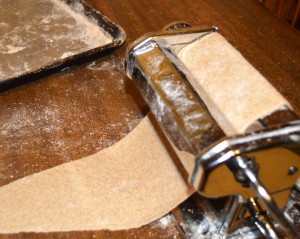
Steam Juicer
Meat grinder (to make hamburger and sausages)
Cream Separator
Pasta Maker
Ice Cream Maker
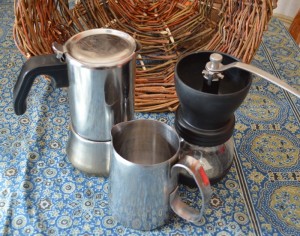
Mocha Pot
Bean Cutter
Apple Peeler
Apple Sauce Mill/Tomato Mill
Coffee Grinder (Burr type)
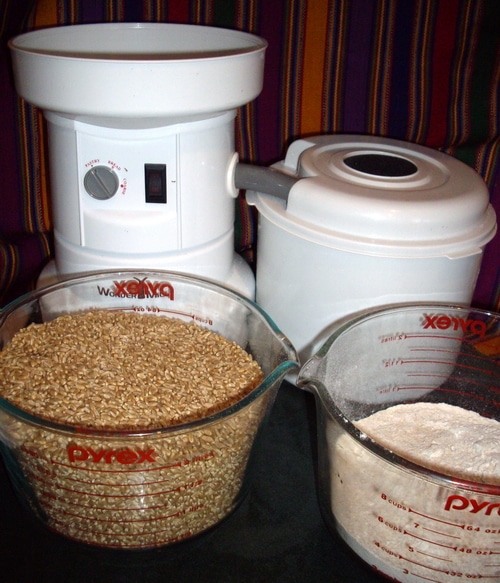
Freezer (you can dry and can your food — even meat, so if you live off-grid you won’t want one of these but they are handy to have. Some things just taste better frozen — like peaches and blueberries)
Grain Mill (there’s one for the Kitchen Aid Stand Mixer). I have a Wondermill that I use weekly, whenever I make bread. But you don’t need it unless you bake bread regularly and use organic, whole grains.
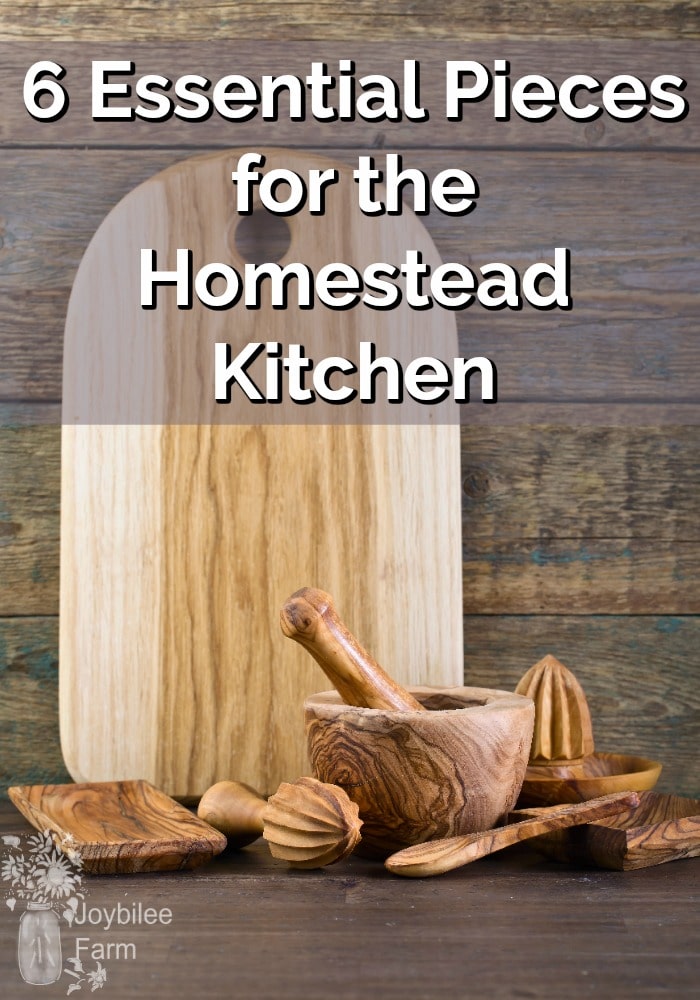
Unnecessary, but nice to have kitchen tools:
Electric coffee pot
Electric Espresso Machine
Hot Air Popcorn Popper
Electric sandwich maker
Toaster Oven
Microwave Oven
Cotton Candy Maker
Milk Pasteurizer
Butter Churn – (use your stand mixer)
Cheese Press – (we made one, but I rarely use it)
Electric Pasta Machine (there’s one for the Kitchen Aid Stand Mixer)
Bread Machine (I wore out a couple of these before I discovered that I didn’t need it — use a stand mixer and bake it in the oven)
This is my list. Feel free to disagree with me. What tools and equipment do you use for your homestead kitchen and food preservation efforts? Leave a comment to help other readers.


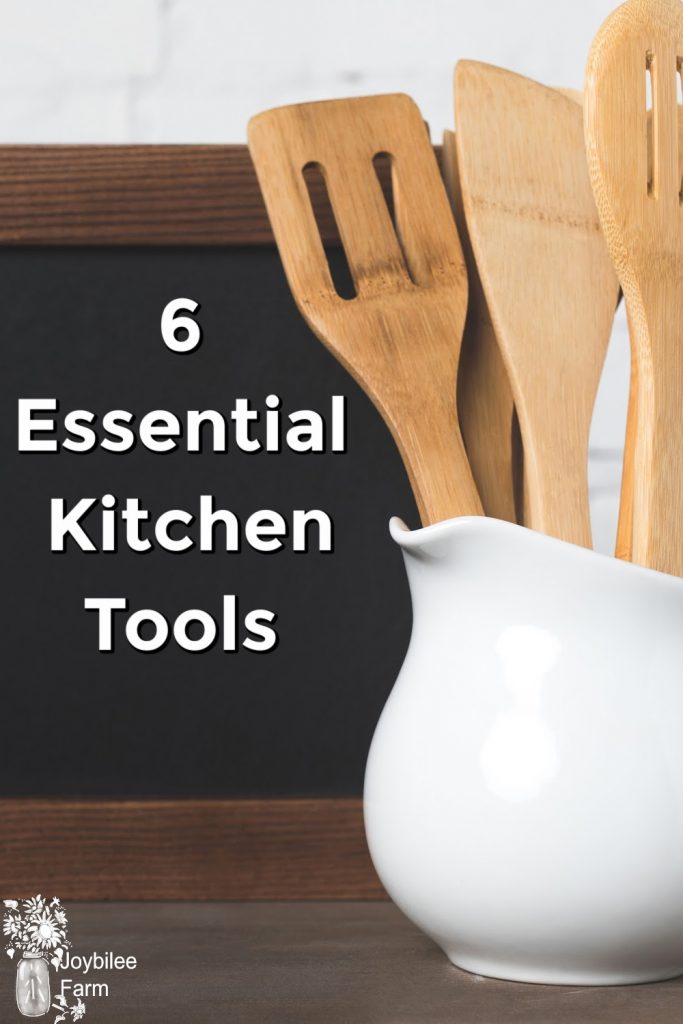
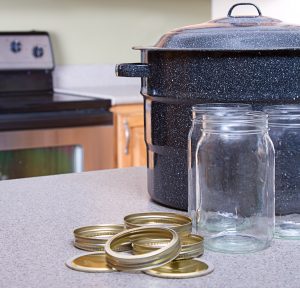

Leave a Reply